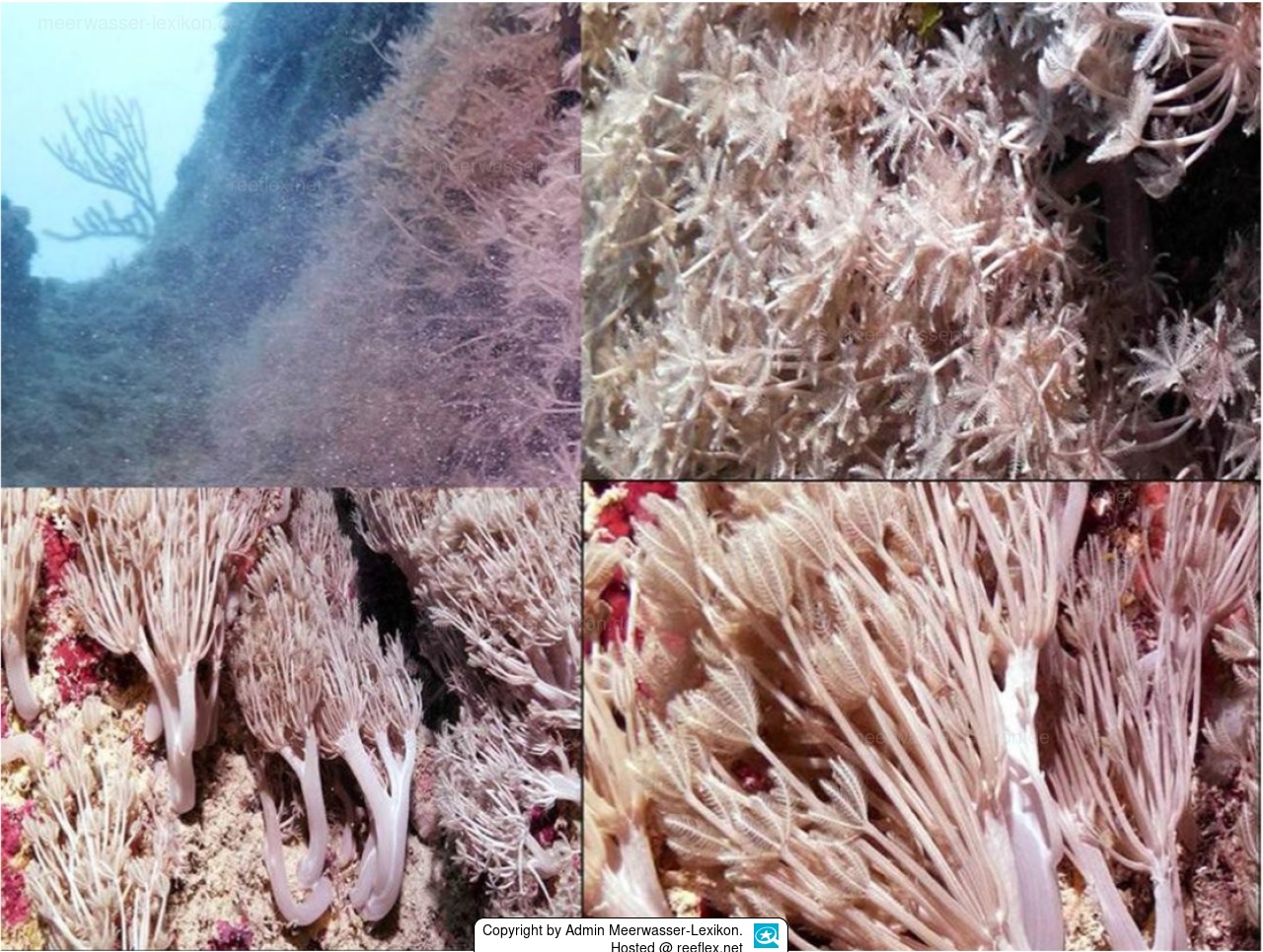Info
aggressive invasive soft coral Unomia stolonifera, formerly known as Cespitularia stolonifera.
Originating from Indonesia, this coral from the Xeniidae family was "imported" to the south-eastern Caribbean through ballast water tanks, as fouling on ship bottoms and attachments to ship anchors.
Alien species compete with native species for space and nutrients and can also permanently displace native species.
The situation becomes even more dramatic when invasive species cannot be kept in check by natural predators and, as in the case of the pumping coral
Unomia stolonifera, completely overgrows entire reefs including algae and corals in no time at all, see the report on Venezuela in the appendix.
The species could only be removed from the waters around Cuba through a massive and costly effort by divers.
The control in the reefs of Venezuela and the removal of the heavily proliferating coral will cause high costs
Unomia stolonifera forms very soft colonies up to 9 cm high and 6 cm wide.
The soft coral is characterized by its white-pink colouring and is known for its dance-like movements in the ocean currents.
It was discovered attached by a spreading membrane to a skeletal fragment of a branching Acropora stony coral, and an additional colony similarly attached to a smaller fragment, each colony measuring about 3 x 4 cm.
The polyp body is up to 25 mm long, the tentacles are up to 10 mm long and bear leaflets arranged in three rows, with 20 -2 5 leaflets in the outermost row and a gap of up to one leaflet width between adjacent leaflets.
The living polyps have elongated dark brown tentacles due to the symbiotic zooxanthellae and numerous sclerites.
Individual polyps are found on the stalk below the polyp.
Etymology:
The genus name is derived from the Latin "unum", which means "single". Here it refers to the individual polyps that happen to be on the divided stem or on branches below the polyp level.
Synonym: Cespitularia stolonifera Gohar, 1938







 Admin Meerwasser-Lexikon
Admin Meerwasser-Lexikon



